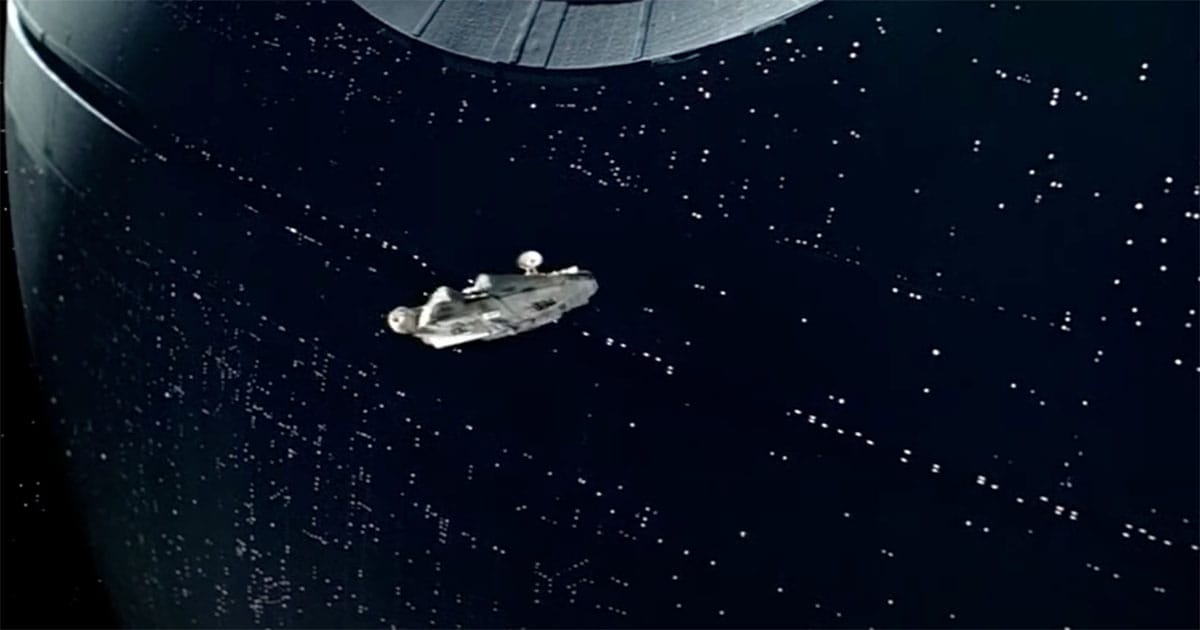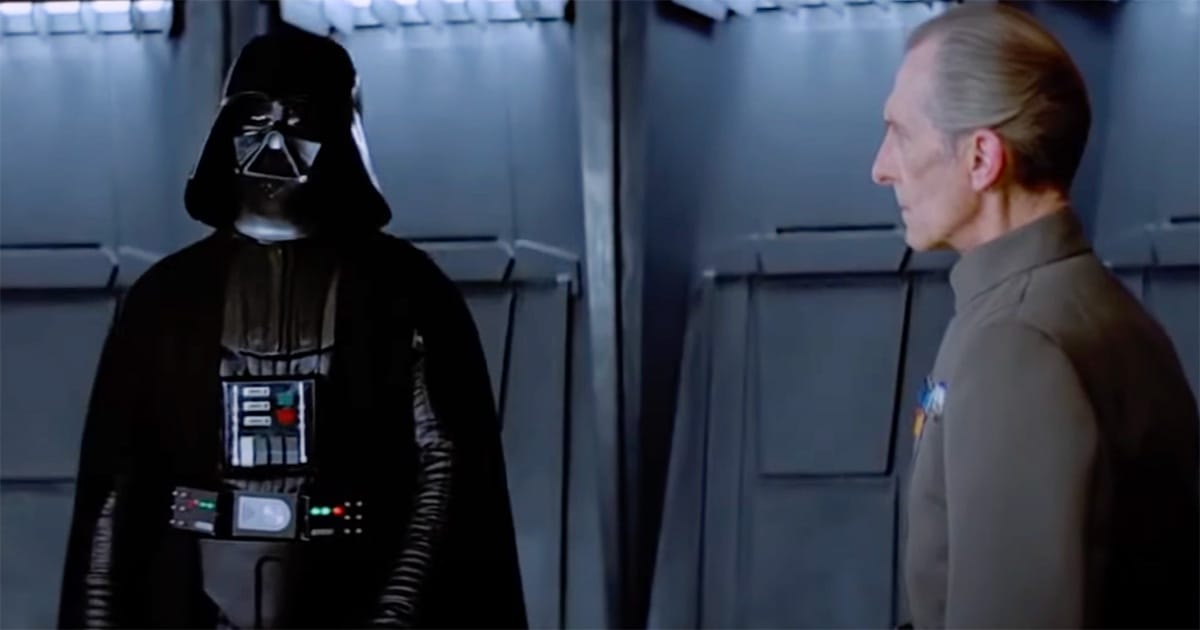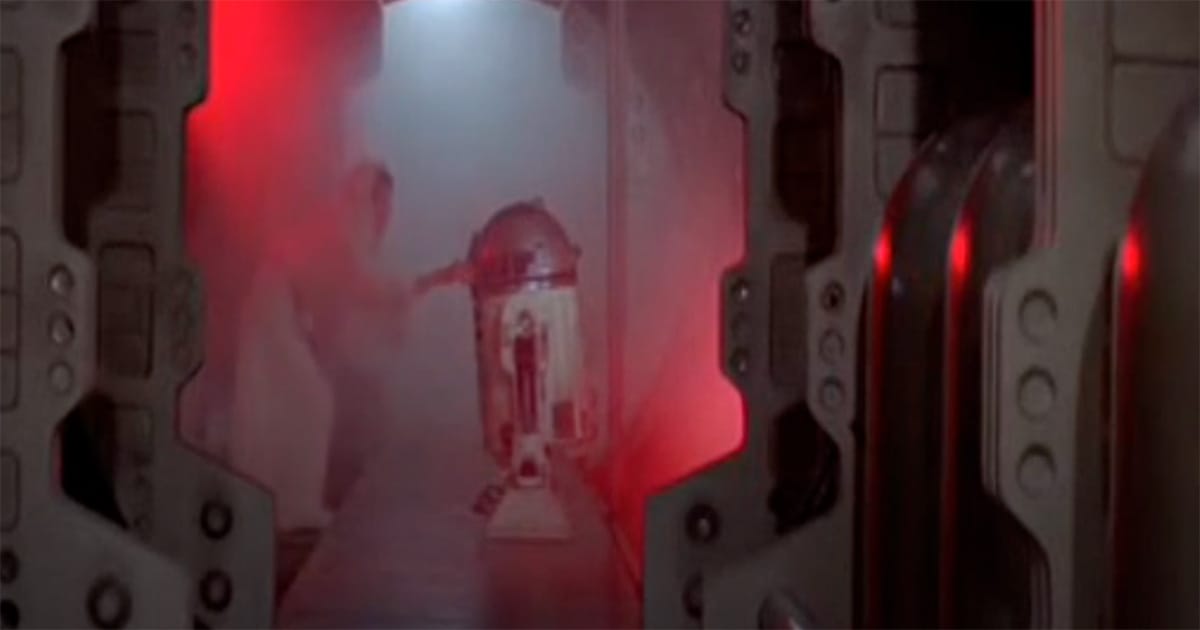Tarkin’s Trap and the Illusion of Victory in "Star Wars"
The Death Star escape in "Star Wars" Episode IV — A New Hope appears triumphant, but one overlooked detail reveals a calculated Imperial trap that nearly ends the Rebellion before it truly begins.

Among the myriad of celebrated sequences in "Star Wars Episode IV: A New Hope," few are as exhilarating or seemingly conclusive as the heroes' escape from the Death Star. From a narrative standpoint, it offers everything the classical adventure arc demands.
Tension, ingenuity, last-minute heroics, and a soaring sense of release. Having infiltrated the very heart of the Empire's ultimate weapon, rescued the captive Princess Leia, and eluded legions of stormtroopers, Han Solo and company blaze their way into hyperspace. It feels like the very definition of a well-earned victory.
Audiences, both in 1977 and decades later, often embrace this moment as a climax unto itself. A clean getaway that affirms the bravery and cunning of the Rebellion's new icons. But this reading, however satisfying, is incomplete. Nestled within the very structure of the flight is a single quietly unsettling detail that retroactively alters the nature of the scene and reframes it not as a triumph, but as a strategic release. The Death Star escape, as it turns out, was no escape at all.
This article revisits that moment with a careful lens. Not to diminish its power, but to reveal the deeper narrative architecture beneath. Because once you notice this one detail—the presence of a tracking device sanctioned by Grand Moff Tarkin—the moment begins to look less like deliverance and more like the Empire's opening gambit.
The Strategic Mind Behind the Escape
Grand Moff Tarkin was never a figure given to improvisation. His authority aboard the Death Star was absolute, his confidence in its destructive power unshakable. When the Millennium Falcon blasted out of the hangar bay, it did so not through cunning evasion, but because Tarkin allowed it. This was not a lapse in Imperial discipline. It was a maneuver shaped by doctrine and ruthlessly consistent with Tarkin's command ethos.
Tarkin's belief in fear as a tool of governance is well documented within the narrative of "Star Wars Episode IV: A New Hope." His adherence to the Tarkin Doctrine—rule through overwhelming terror—demanded not only military might, but the psychological manipulation of his enemies.
When he approved the placement of a homing beacon aboard the Falcon, he gambled that a show of leniency would yield a far greater strategic advantage. As he says to Darth Vader, "I'm taking an awful risk, Vader. This had better work." It is not a moment of hesitation, but of grim calculation.

Within the larger framework of Imperial policy, the tactic is sound. Tarkin permitted the prey to escape so that it might lead him to the nest. The homing beacon was not merely a device. It was the tip of a spear aimed at the heart of the Rebellion. In this, Tarkin was not outwitted. He was executing a plan designed to end the war in a single stroke.
How the Rebellion Was Played
To the crew of the Millennium Falcon, the flight from the Death Star seemed to confirm what their instincts had already begun to suspect. That against overwhelming odds, they could defy the Empire. Han Solo trusted in his ship, Luke Skywalker believed in their mission, and Princess Leia saw a glimmer of hope rekindled. The scale of their accomplishment—rescuing the Princess and escaping the Empire's most formidable bastion—was nothing short of astonishing.
Yet even amid the celebration, there was a flicker of unease. Leia, ever perceptive, voices it plainly. "They let us go. It's the only explanation for the ease of our escape." Her words, delivered without dramatics, cut through the euphoria with surgical precision. What seemed like an improbable success begins to shift in tone. It was not courage or luck alone that saw them free. It was sanctioned.
Like the characters, the audience is meant to revel in the moment. The pacing, the music, the composition of the scene—it all underscores a hard-won escape. Only on closer inspection does the misdirection reveal itself. The film is not deceiving the viewer. It is inviting them to experience the elation before revealing its cost. What appeared to be a resolution was, in truth, the start of a larger design. The heroes, unknowingly, were leading their enemies home.
Consequences at Yavin
When the Millennium Falcon reached Yavin 4, the trap laid by Grand Moff Tarkin began to close with chilling precision. The homing beacon, pulsing quietly aboard the ship, relayed the Rebel base's location. The Death Star, a symbol of total domination, moved into position. What had seemed like salvation now became a siege.
The Rebels' survival hinged on a sequence of events so narrow, so precise, it defies expectation. R2-D2's possession of the station schematics gave them a sliver of opportunity.

That the plans revealed a weakness was itself a quiet miracle. But even then, success was far from assured. The trench run demanded superhuman precision. The final shot, guided not by technology but by instinct, depended on Luke Skywalker's decision to trust the Force. In that choice, the tide turned.
Tarkin never wavered. He refused to evacuate. He dismissed the Rebel assault as insignificant. His belief in the Death Star's invincibility was unshakeable. That certainty, born of technological arrogance and institutional supremacy, proved fatal. The trap was flawless. But its prey did not behave as expected. In that misjudgment, the course of the war changed forever.
The Twist That Deepens the Mythos
The revelation that the escape was orchestrated reshapes the narrative in profound ways. It reframes what seemed a clean action beat into a moment laced with irony and narrative inversion. The heroes thought they had prevailed. In reality, they had been tracked, manipulated, and nearly destroyed. The story veers from triumph to ambush, recasting victory as vulnerability.
Critics, scholars, and storytellers within the expanded universe have returned to this twist repeatedly. It has surfaced in novels, roleplaying scenarios, and detailed scene analyses. What once appeared incidental now stands as pivotal. It marks a turning point not just in the film but in the Rebellion's evolution. From that point forward, their path is shadowed by the awareness that idealism alone is not enough.
"Star Wars" has always thrived at the junction of myth and statecraft. The Death Star escape illustrates this beautifully. It is a moment where spectacle hides subterfuge, and where narrative expectation is deftly inverted. Like the finest entries in science fiction, it reveals that the most thrilling victories are often the ones that leave something behind. In this case, what they left was a trail. And what followed was nearly the end.

